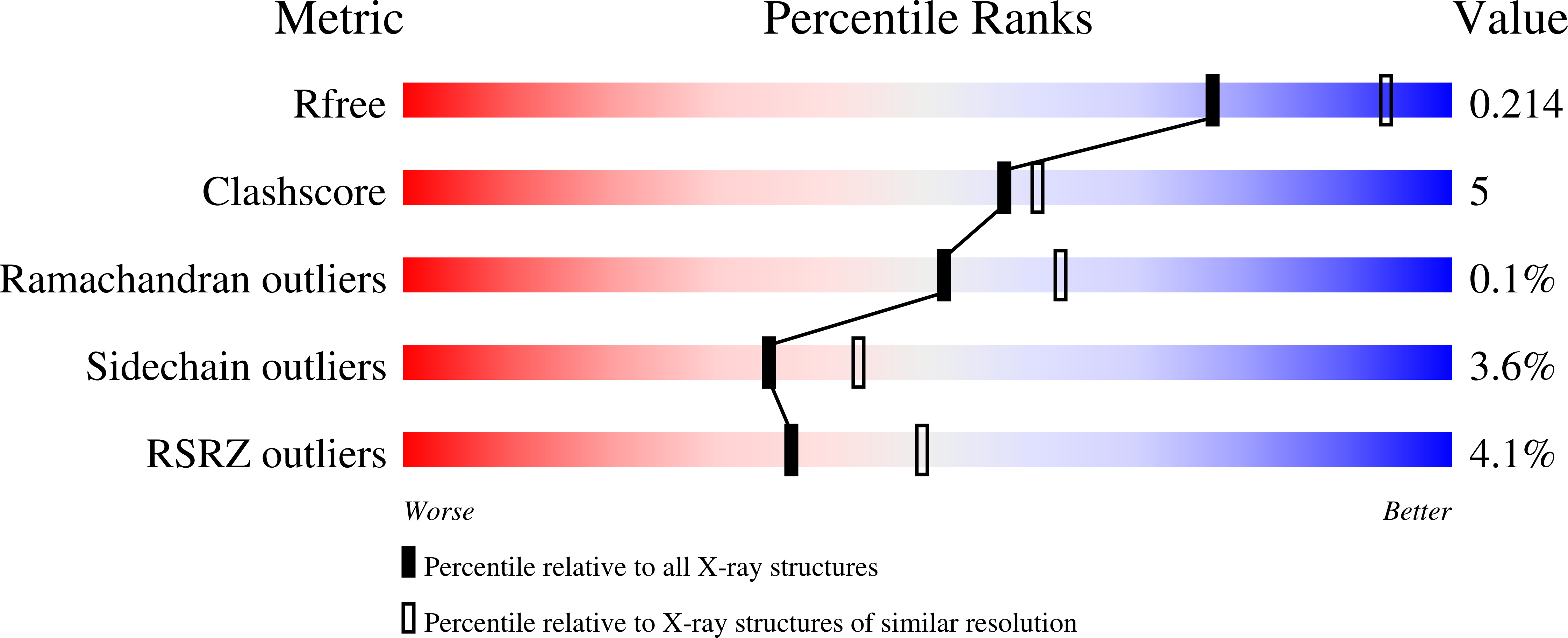
Deposition Date
2022-06-16
Release Date
2022-10-12
Last Version Date
2024-10-30
Entry Detail
PDB ID:
8DCG
Keywords:
Title:
Structure of guanylylated RNA ligase RtcB from Pyrococcus horikoshii
Biological Source:
Source Organism:
Pyrococcus horikoshii OT3 (Taxon ID: 70601)
Host Organism:
Method Details:
Experimental Method:
Resolution:
2.35 Å
R-Value Free:
0.21
R-Value Work:
0.19
R-Value Observed:
0.19
Space Group:
P 43


